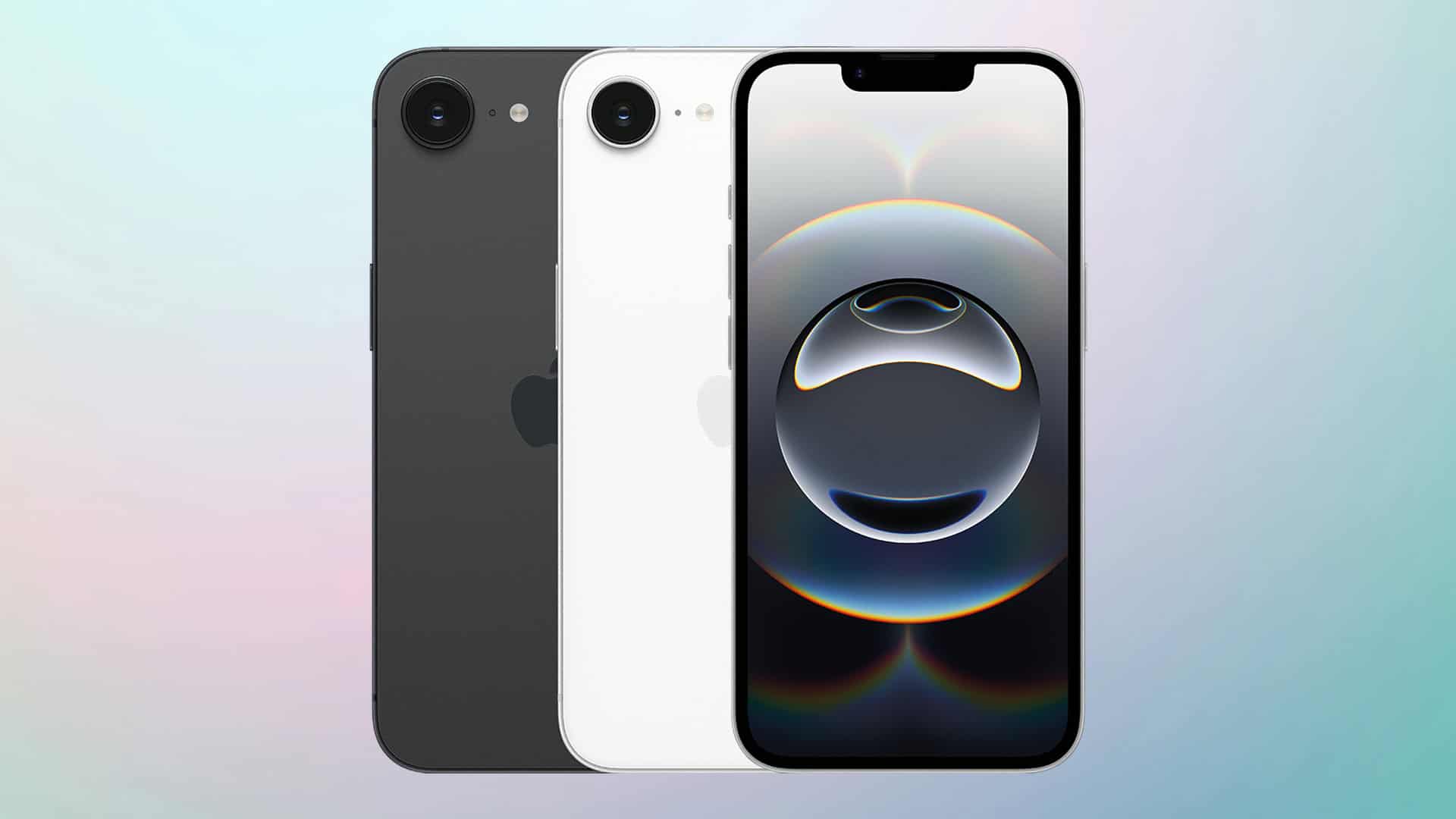The weight of an iPhone has varied over the years as Apple introduces new models with different features. Heavier models often pack larger batteries and additional hardware, like a triple camera system found in the Pro versions. Lighter iPhones benefit from advancements in material design and technology, allowing for a more compact and efficient configuration. As of the latest releases, the trend shows a slight decrease in weight, with the iPhone 15 Pro models witnessing a notable reduction due to a new titanium frame.
Consumers often consider the weight of a device along with other factors like screen size, battery life, and camera quality when choosing a smartphone. The iPhone’s weight has implications for its portability and user experience. Apple has managed to balance these aspects by integrating new technologies and materials that allow for a lighter yet robust device. For example, the iPhone 13 Pro, with its advanced OLED display and high-quality build, weighs in at 238 grams.
How Much Different iPhones Weigh
iPhone weight varies by model, size, and materials. The latest iPhone 16 series continues Apple’s trend of balancing durability with lighter designs — especially in the Pro models, which now use titanium.

1. iPhone 16 Series Weights (2025)
| Model | Weight |
|---|---|
| iPhone 16 | 173g (6.10 oz) |
| iPhone 16 Plus | 203g (7.16 oz) |
| iPhone 16 Pro | 194g (6.84 oz) |
| iPhone 16 Pro Max | 225g (7.94 oz) |
| iPhone 16e | 167g (5.9 oz) |
💡 Note: The Pro models use titanium frames, making them lighter than older stainless steel designs.
2. iPhone 15 Series Weights (2023)
| Model | Weight |
|---|---|
| iPhone 15 | 171g |
| iPhone 15 Plus | 201g |
| iPhone 15 Pro | 187g |
| iPhone 15 Pro Max | 221g |
3. iPhone 14 Series Weights (2022)
| Model | Weight |
|---|---|
| iPhone 14 | 172g |
| iPhone 14 Plus | 203g |
| iPhone 14 Pro | 206g |
| iPhone 14 Pro Max | 240g |
4. iPhone 13 Series Weights (2021)
| Model | Weight |
|---|---|
| iPhone 13 mini | 140g |
| iPhone 13 | 174g |
| iPhone 13 Pro | 204g |
| iPhone 13 Pro Max | 240g |
5. iPhone 12 Series Weights (2020)
| Model | Weight |
|---|---|
| iPhone 12 mini | 135g |
| iPhone 12 | 164g |
| iPhone 12 Pro | 189g |
| iPhone 12 Pro Max | 228g |
6. iPhone 11 Series Weights (2019)
| Model | Weight |
|---|---|
| iPhone 11 | 194g |
| iPhone 11 Pro | 188g |
| iPhone 11 Pro Max | 226g |
7. Older Notable Models
| Model | Weight |
|---|---|
| iPhone XS Max (2018) | 208g |
| iPhone X (2017) | 174g |
| iPhone 8 Plus (2017) | 202g |
| iPhone 8 (2017) | 148g |
| iPhone 7 Plus (2016) | 188g |
| iPhone 7 (2016) | 138g |
| iPhone SE 1st Gen (2016) | 113g |
| iPhone 6 Plus (2014) | 172g |
| iPhone 6 (2014) | 129g |
| iPhone 5s (2013) | 112g |
| iPhone 4s (2011) | 140g |
| iPhone 3GS (2009) | 135g |
| Original iPhone (2007) | 135g |
8. Why Weight Matters
- Comfort: Lighter models are easier to hold for long periods.
- Durability: Heavier models often use more premium materials (steel, glass).
- Battery size: Larger batteries add weight but improve battery life.
Key Takeaways
- iPhone weights have changed with each new model
- Device weight impacts user experience and portability
- Technological advancements have allowed for lighter iPhones while maintaining quality
Physical Characteristics of iPhone
The iPhone’s design emphasizes a sleek appearance and a user-friendly experience. It embodies a high standard of build quality with each new model showcasing advancements in technology.
Design and Build Quality
iPhones feature durable glass and aluminum or stainless steel frames. Recent models have a textured matte finish. They boast precise engineering to ensure they feel solid and premium.
Display Specifications
The display of an iPhone often includes an OLED screen known for deep blacks and vibrant colors. It offers clear, sharp images and efficient power usage, which contributes to better battery life.
Weight and Dimensions
IPhones come in various sizes, with weights reflecting their build materials and components like the battery. For example, models range from the iPhone 12 mini, which is light, to the heavier Pro Max versions. The weights differ due to changes in battery size and display dimensions.
Technological Attributes
The weight of an iPhone is influenced by its technological features. These include the operating system, camera technology, and network compatibility.
Operating System
iPhones run on iOS, Apple’s proprietary operating system. It offers smooth performance and is known for its security. The latest models ship with updated versions of iOS which require significant processing capability and may influence device weight.
Camera Technology
Modern iPhones sport advanced cameras. They feature multiple lenses for wide, ultra-wide, and telephoto shots. Enhanced image processing capabilities are built-in to support high-resolution photos and videos, which can affect the internal hardware and overall weight.
Network Compatibility
Newer iPhone models support 5G networks along with traditional LTE. This technology provides faster data speeds and improved connectivity. Incorporating 5G into iPhones requires additional components that potentially impact the phone’s weight.







